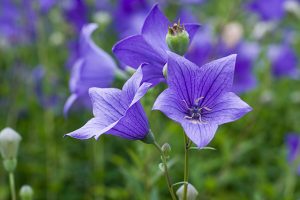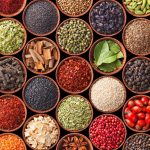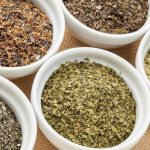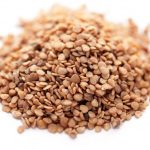
Platycodon – sources, health benefits, nutrients, uses and constituents at NaturalPedia.com
Saturday, September 02, 2017 by Jhoanna Robinson
http://www.naturalnewsherbs.com/2017-09-02-platycodon-sources-health-benefits-nutrients-uses-and-constituents-at-naturalpedia-com.html
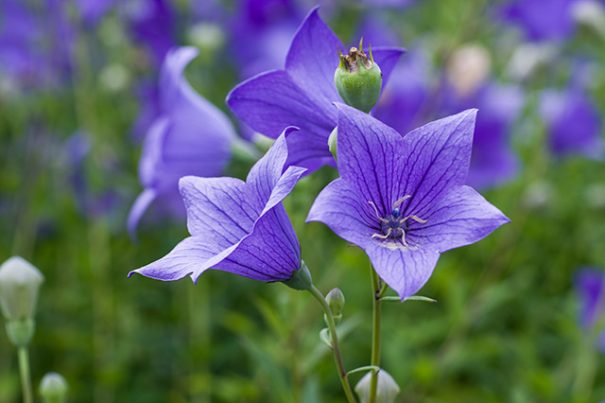
Platycodon plants, of the Campanulaceae family, thrive in well-drained, moist, nutrient-rich, and sandy soils, and they constantly need to be shined on by the sun’s rays. Most of them have blue to blue-violet flowers; however, others exhibit more simpler-hued buds, such as white.
A prime example of a plant belonging to this genus is the balloon flower, which is also called Chinese bellflower, radix platycodi, and radix platycodi grandifolii.
The roots of the plants from this genus usually flower from July to September and bear fruit between the months of August and October. Remember to watch out for thinning or yellow- or gray-hued roots – these roots are old and brittle and lack the nutrients that younger roots have.
Platycodon plants can reach a height of up to 50 centimeters and are associated with the lung and stomach meridians, according to the Chinese Materia Medica.
Plants belonging to the Platycodon genus have long since been ignored, their ornamental and medicinal value largely underestimated.
List of known nutrients
- 2-0-acetylplatycodin
- 3-0-acetylplatycodin
- Betulin
- Deapioplatycodin
- Glucose
- Methyl-3-0-beta-D-glucpyranosyl Polygalacate
- Methyl-3-0-beta-D-laminaribiosyl Polygalacate
- Platycodin
- Saponins
- Sterols
- Volatile Oil
Medicinal uses for platycodon
Extracts of platycodon plants have cancer-fighting abilities. According to a study that was done in Korea, the plants’ saponin content can inhibit the growth of carcinogenic cells and tumors.
Platycodon plants can be used to treat abscess and edema. They have pain-relieving and anti-inflammatory properties and are said to work at par with or better than aspirin. They also have analgesic, antipyretic, and sedative properties.
Platycodon plants help regulate cholesterol and blood sugar levels in the body. They are also good for weight-watchers.
Body systems supported by platycodon
Platycodon plants are good for the respiratory system. They can be used to treat aphonia or the loss of the ability to speak due to severe infection of the larynx, bronchiecstasis or mucus accumulation in the bronchial tubes of the lungs, bronchitis, hoarseness, cough, sore throat, phlegm, wheezing, and lung cancer. They can open up congested lungs so that air can pass into the organs more freely, and remove pus from inflamed lungs.
Platycodon plants are good for the digestive system. They can address gastrointestinal issues such as diarrhea, dysentery, ulcers, and other kinds of intestinal diseases. They can also lessen the symptoms of hemorrhoids.
Platycodon plants are good for the immune system. They can help stave off the coming of fever or flu and help the body fight back against allergy infections. They can also eradicate the presence of free radicals that can cause cellular corruption, leading to the growth and development of carcinogenic tumors.
Platycodon plants are good for the nervous system. They can be ingested to prevent brain disorders.
Platycodon plants are good for the excretory system. They can help cure anuria, which is the inability of the kidneys to produce urine.
Ways to use platycodon
In Japan, platycodon plants’ young leaves are added to salads. In Korea, the plant’s roots are preserved in syrup, pickled, or used in soups or in traditional Korean cuisine.
They can be made into a tincture. Use 10 to 30 drops of the tincture in a glass of juice or water up to four times every day.
To get the best of platycodon plants’ medicinal benefits, one swhould get rid of the fibrous roots, take away the outer skin, rinse under water for two to three hours, dry in the sun, and use raw or fried.
To gain tips on what meals you can conjure with platycodon plants, visit this site.
Where to learn more
Summary
Platycodon plants are good for the immune, nervous, excretory, digestive, and respiratory systems.
Platycodon plants can be used to treat abscess and edema.
Platycodon plants help regulate cholesterol and blood sugar levels in the body.
Sources include:
Herbal-Supplement-Resource.com
Tagged Under: Tags: platycodon

